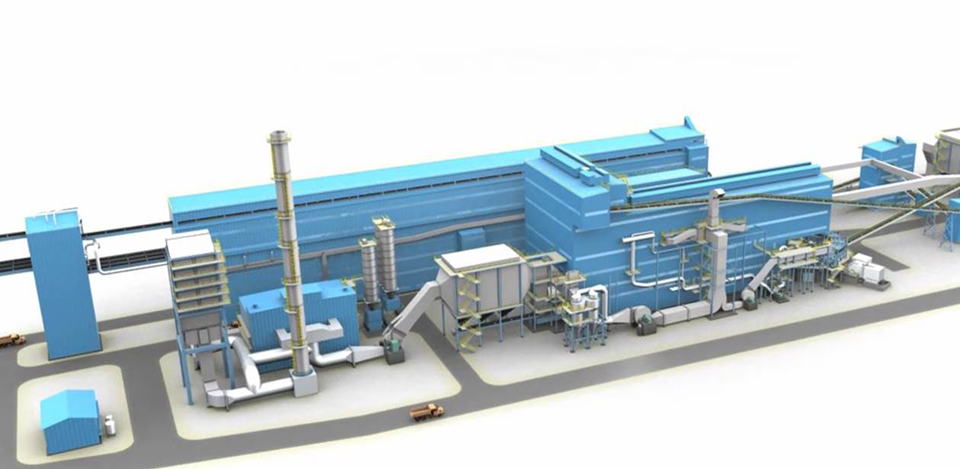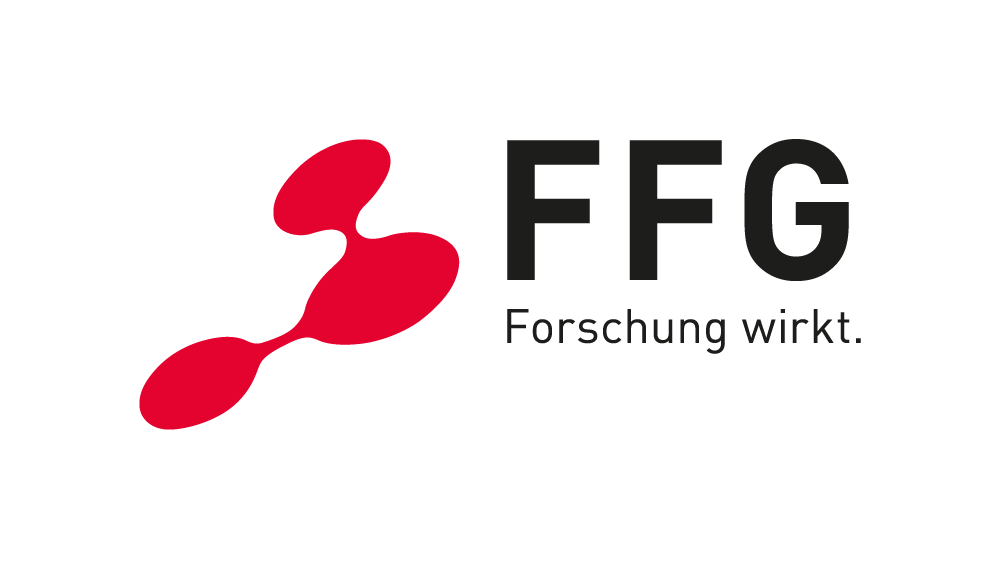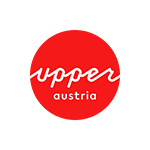Structured analysis methods for design processes of complex mechatronic systems are the basis for the improvement of engineering processes. As a “follow up project” of the ACCM research project SyMMDe, such an analysis was applied to the industrial example of the bid process for sinter plants, which allowed our industrial partner PRIMETALS for a lot of significant improvements of the corresponding engineering processes. Positive effects of the company-internal project were not only the reduction of development time and costs but also a better cross-disciplinary overview and understanding of the whole process by the involved project staff.
Structured analysis method for design processes of complex mechatronic systems
During the course of a research project called SyMMDe (System Models for Mechatronic Design) we got engaged with design processes for large and complex mechatronic systems. We analyzed a great variety of different industrial examples and noticed that the quality of the design outcome is strongly affected by the form and execution of the design process. Therefore, we developed a method for a structured analysis of such design processes. After an analysis is completed, we are able to give recommendations for an optimization of the design process, in order to be more effective and competitive.
The method introduced here, is an interview driven analysis procedure to optimize design processes. With the help of this systematology the actual state of a design process, the models used, tool environment, parameters, data interfaces, workflows and the involved stakeholders, etc. can be investigated. Hence, with the results of the analysis, recommendations for an improvement of the design process can be given. Another important advantage of this method is that it includes a self-developed easy accessibly form of graphical representation (MDM, model dependency map) to depict the whole design process in order to make it more transparent to all stakeholders.
Metallurgical plants (e.g., sinter plants, coking plants, blast furnaces or continuous casting machines) represent large, complex technical systems. Our company partner – Primetals Technologies Austria GmbH – is the technology leader for such large sinter plant constructions with an investment volume in the millions. In the design and development of these large plants, various different disciplines have to contribute significantly. Beside the conventional technical faculties like mechanical-, electrical-engineering and automation, other disciplines – for example – metallurgy, process engineering, steel construction, civil engineering and water management are involved.
Today’s metallurgical plant designers have to deal with changing requirements depending on the customer and his local market demands. Different environmental regulations and economical needs have to be met simultaneously. Also local prevailing circumstances like available space, infrastructure and other technical and commercial boundaries make it necessary to individually adapt the layout and design of the plant for each customer. As a consequence, for each customer request, a new offer including a customized plant layout and design has to be created. In order to be competitive in a bid process with other competitors, the process has to be effective and time saving.
Analysis of the bid process for a sinter plant
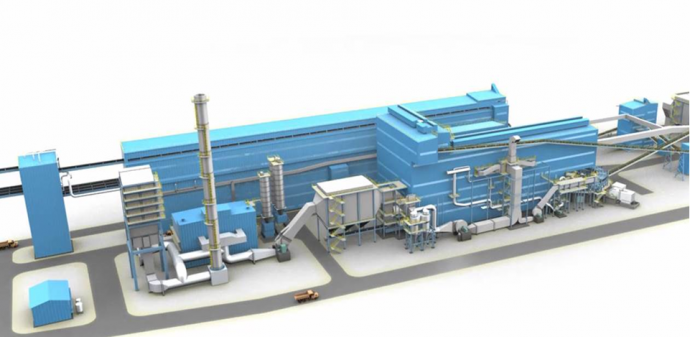
The practicability and usability of our method was shown – among other examples – with the help of the analysis of the bid process for a sinter plant (Fig. 1). The performed analysis had three main goals. First, it should provide a comprehensive (graphical) description of all the interfaces between the stakeholders who are involved in the bid process. Second, it should indicate which interfaces could be avoided, in order to shorten the whole sequence of the design process and to eliminate errors. And third, the remaining interfaces should be optimized. After all interviews were held, the analyzing team started with the evaluation, analysis and documentation. Fields for improvement were identified and successfully realized in Primetals internal follow-up projects.
Impact and effects
For the example of a sinter plant and its bid process, we showed that our analysis method is suitable and practicable and can help system engineers to improve their work. “The analysis helped us to improve our bid process, making it faster and qualitatively better and – resulting from that – more cost effective” Sandra Ringhofer, project leader Primetals, pointed out.
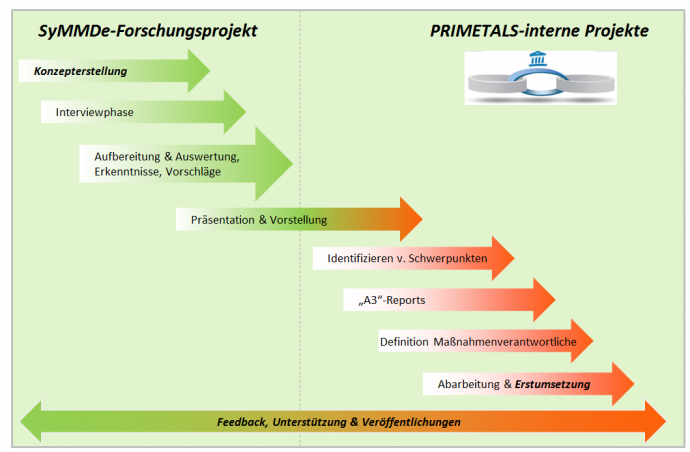
This example illustrated the gapless cooperation between a research and company internal project (Fig. 2).
The shown analysis was published and presented to a large expert audience at the conference “Tag des Systems Engineering” in Ulm 2015.

